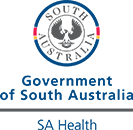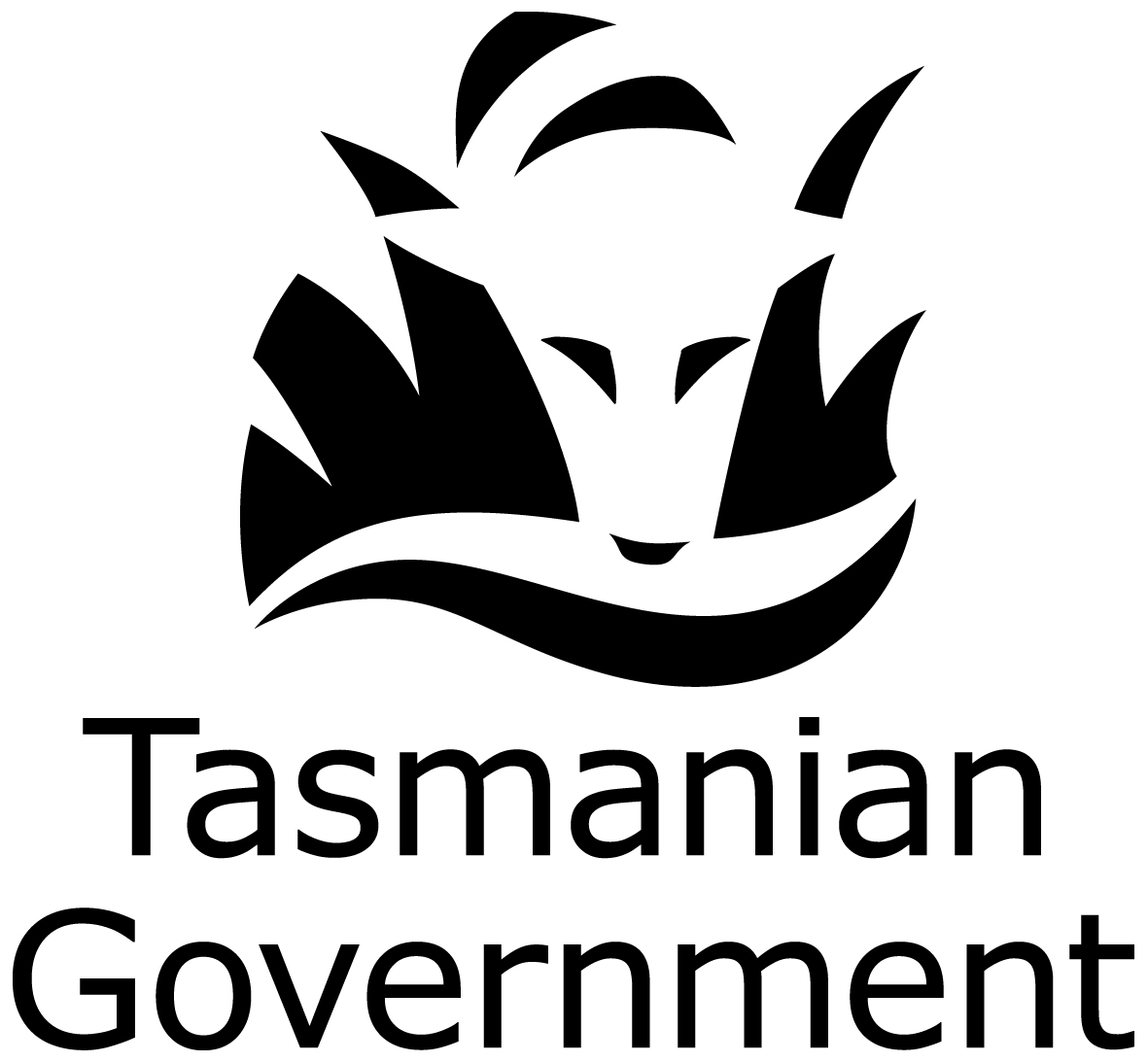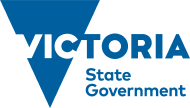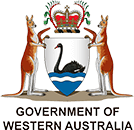Hormone replacement therapy (HRT)
Key facts
- HRT, also known as MHT, includes hormonal medicines used to treat menopausal symptoms, such as hot flushes and night sweats.
- Different forms are available including tablets, creams and patches.
- HRT can also cause side effects such as nausea, headache and breast tenderness.
- The relationship between HRT and breast cancer is complicated and there is evidence to support that some types reduce risk while others increase risk.
- Taking HRT is a personal decision — ask your doctor about the risks and benefits so you can decide what's right for you.
What is HRT/MHT?
Menopausal hormonal therapy (MHT) is a new name for hormone replacement therapy (HRT). It is a type of hormone therapy used to treat the symptoms of menopause, especially hot flushes and night sweats.
About 1 in 4 women have symptoms that need treatment with these hormone medicines. There are benefits and risks to HRT/MHT, so it is important to talk to your doctor if you are considering starting or stopping it.
The main types of HRT/MHT are based on hormones that are naturally found in the body, such as oestrogen and progesterone. In some cases, testosterone therapy is also used.
Many menopausal symptoms, such as hot flushes and night sweats, are due to low oestrogen levels. HRT/MHT can restore hormone levels, which may improve some menopausal symptoms and quality of life.
What are the different types of HRT/MHT?
There are a few types of HRT/MHT:
- oestrogen plus progestogen (natural or synthetic forms of progesterone) — for women who still have their uterus
- oestrogen only — for women who have had a hysterectomy
- tibolone
- oestrogen plus SERM (selective oestrogen receptor modulator)
LOOKING FOR A MEDICINE? — To search by brand name or active ingredient, use the Medicines information search feature.
Combined oestrogen and progestogen MHT is suitable for women who still have their uterus. Taking oestrogen on its own would increase the risk of cancer of the lining of the uterus (endometrial cancer), but the progestogen helps protect against this. With this type of MHT, the oestrogen is taken continuously, but the progestogen may be either continuous or cyclical (taken 10-14 days of each cycle).
Oestrogen-only MHT is suitable for women who have had their uterus removed (hysterectomy).
Tibolone acts as a combined hormone therapy, with some effects of oestrogen, progesterone and testosterone. It is a synthetic steroid which is taken as a tablet. Tibolone can help with hot flushes and prevent bone loss after menopause. It can also help improve sexual function. It is not suitable for women who have had breast cancer.
Oestrogen plus SERM is a newer treatment for menopause. It is a combination therapy containing an oestrogen with a SERM (selective oestrogen receptor modulator) called bazedoxifene. It is taken as a tablet and can improve menopausal symptoms of hot flushes and night sweats, and to prevent osteoporosis. It is less effective than combined oestrogen plus progestogen MHT, but has fewer side effects of breast tenderness and vaginal bleeding. It is only suitable for females with a uterus.
What are the benefits of HRT/MHT?
HRT/MHT can be helpful if you have problems with hot flushes and night sweats. You may also find that your sleep, mood, sex drive, joint aches and vaginal dryness gets better.
HRT/MHT may have some benefits in reducing your risk of osteoporosis, heart disease, fractures, type 2 diabetes and some types of cancers. If you don't have hot flushes or night sweats, your doctor probably wouldn't recommend you start HRT to try and prevent these conditions.
What are the risks of HRT/MHT?
Some studies have shown that HRT/MHT can lead to a slightly increased risk of developing breast cancer, while other studies suggest that some specific types of HRT/MHT can lower your risk of breast cancer. Because these risks are based on specific health factors, it's best to have a discussion with your doctor before you decide if you want to start or stop taking HRT/MHT.
Some forms of oestrogen in HRT/MHT can increase your risk of blood clots, but using a cream is unlikely to increase the risk.
Current international recommendations say that the benefits of HRT/MHT outweigh the risks for females with significant menopausal symptoms, and that HRT/MHT is effective and safe for most healthy females.
Side effects may include:
- nausea
- headache
- breast tenderness
- fluid retention
- bloating
- irregular bleeding
These side effects often go away within a few months.
HRT/MHT is not suitable for you if you have or have had:
- breast cancer, endometrial cancer or other cancers that are dependent on hormones
- vaginal bleeding without a known cause
- a blood clot in a vein, such as those in the legs or lungs
- heart disease or stroke
- liver disease
- untreated high blood pressure
The risks of HRT/MHT depend on many factors including:
- your age
- the type and dose of hormone therapy you take
- how long you take it for
- your medical history
If you can't take HRT/MHT, your doctor may suggest other non-medical options and treatments that may be helpful.
How can I reduce the risks associated with HRT/MHT?
You can lower your risks associated with HRT/MHT by:
- starting at a low dose
- discussing with your doctor which form of HRT/MHT to use
- reviewing the dose regularly with your doctor
- checking with your doctor when it's time to stop taking it
Exercising, eating well, not smoking and avoiding too much alcohol and caffeine can also help you stay healthy.
When should I see my doctor?
If you have menopausal symptoms that affect your quality of life and want to know what treatments could help, talk to your doctor. They will be able to give you advice based on your personal medical history and symptoms.
If you are taking HRT/MHT and your symptoms are not getting better or you're experiencing side effects, speak to your doctor.
If you take HRT/MRT, you should see your doctor 6 months after starting treatment and regularly after that. Most specialists recommend using MHT for up to 4 to 5 years, but this will depend on your individual risks and symptoms.
Are there alternatives to this medicine?
Yes, there are some prescription medicine alternatives to HRT/MRT.
These medicines are primarily used to treat other conditions but have been found to also help manage hot flushes and night sweats. They include some:
- antidepressants
- epilepsy medicine
- blood pressure medicine
Speak to your doctor for advice on which medicine best suits your circumstances.
Resources and support
- Video by the Australian Menopause Society explaining menopausal hormone therapy safety.
- Fact sheet in different languages from Jean Hailes on menopause and ways you can manage it.
- Easy-read guides on perimenopause and menopause from NSW Health.
- You can also call the healthdirect helpline on 1800 022 222 (known as NURSE-ON-CALL in Victoria). A registered nurse is available 24 hours a day, 7 days a week.
Learn more here about the development and quality assurance of healthdirect content.
Last reviewed: March 2024













